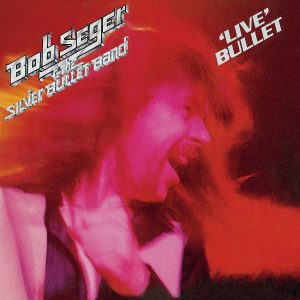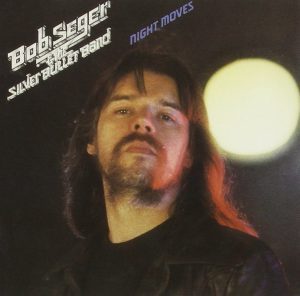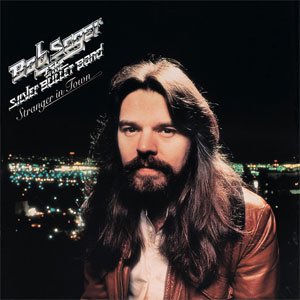
Robert Clark Seger was born May 6, 1945, in Detroit and raised in Ann Arbor Michigan. His father loved music and Bob was influenced listening to his father play various instruments. Seger’s parents had a troubled marriage and his father abandoned the family leaving his wife and kids to fend for themselves when Bob was just 10 years old.
While living in Ann Arbor Michigan as a teenager, Seger would lie in bed listening to his transistor radio tuned in to WLAC in Nashville with DJ John R who played Southern R&B Like James Brown, Wilson Pickett, and The Tams
His jobs early on were with Ford and with GM as well as playing music. Seger’s first job was putting rubber around windshields for Ford which lasted 10 days because he kept cutting his hands (Not good if you play guitar). His next job was a conveyor loader for GM. He had several jobs because his brother was in Vietnam and he became the sole supporter of his mother since she had no skills except to clean other peoples houses.
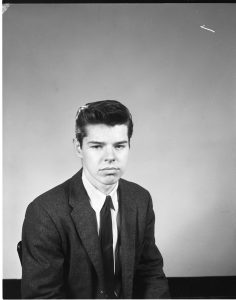
Seger joined his first band The Decibels in 1961. Also in 1961,The Decibels recorded a demo of a song called “The Lonely One”. It was Bob Seger’s first original song to be played on the radio and it aired only once on an Ann Arbor Michigan radio station. After The Decibels disbanded, Seger joined The Town Criers. After his departure 4 years later, he joined Doug Brown and the Omens. Then in 1966 he started his own band Bob Seger and The Last Heard and released his first single with the band “East Side Story” which reached No. 3 on the Detroit charts. In the spring of 1968, Bob Seger and Punch Andrews,who became Seger’s longtime manager,were looking for a new record label since their former label Cameo Parkway sudddenly went out of business. Bob Seger and The Last Heard signed with a major label Capitol Records. They were offered a deal with Motown but Capitol offered more money plus Seger felt Capitol was more appropiate for his style of music. Capitol changed the name of the band to The Bob Seger System.The System’s first single was 2+2 = ? which was an anti war message.The single was a hit in Detroit and a few other cities but went unnoticed everywhere else and failed to chart nationally in the US. In 1969 Seger gained national attention with the Capitol release of the single “Ramblin Gamblin Man” which reached no. 17 on the Billboard Hot 100 singles chart. Bob Seger and Glen Frey who later helped formed The Eagles were best friends. Seger didn’t forget his friend because Frey played acoustic guitar and provided background vocals on “Ramblin’ Gamblin’ Man” .Their friendship lasted for 50 years until Frey’s untimely death in 2016. After the success of “Ramblin Gamblin Man”, The Bob Seger System Broke up.
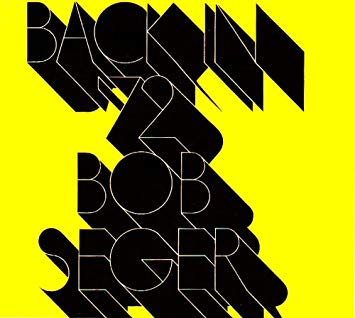
Bob Seger recorded six albums between 1969 and 1974 including Back In 72 which includes “Turn The Page” a song that was never released as a single but was and still is played on Classic Rock Radio Stations around the country and the world. Around this time marked the beginning of Seger’s long time friendship with future Silver Bullet Band Saxophonist Alto Reed. Alto tells the story of how the haunting saxophone came to him on “Turn The Page”. Alto tells the story: Reed says Bob Seger played the track for him and road manager Tom Weschler said “Alto Picture a black and white movie, Man with the Golden Arm, late at night rain on the street in the alley. Alto started playing and turned to Bob and said “Do you like it?”. Bob turns to Tom and says “Tell him another story”. The Silver Bullet Band came together in October of 1973. The band recorded the album Beautiful Loser and was released in 1975.The title cut along with“Katmandu” have become popular Classic radio staples. “Katmandu was featured in the 1985 movie Mask starring Cher.
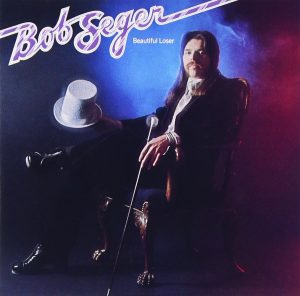
Seger was getting closer to a second chance at success. It would come in 1976 with two albums Live Bullet and six months later Night Moves.The single “Night Moves” was recorded at Ninbus Nine Studios in Toronto Canada and the remainder of the album in Muscle Shoals Alabama with the Muscle Shoals Rhythm Section and Pampa Sound Studios in Warren Michigan. Following the success of these two albums Seger says they went from ” station wagons to jets”. It was his his first top 5 single. The song was about cars and rolled up T-shirts and stiletto pointed shoes. That’s how Seger grew up during his high school years . Seger says the song is autobiographical and he wrote the song in an attempt to capture the freedom and looseness he experienced during that part of his life.”Night Moves” was also inspired by the movie“American Grafitti”. Two other songs released from the album “Mainstreet” April of 1977 and “Rock And Roll Never Forgets” July of 77. Three other songs from the album that are still popular on Classic Rock Radio are “The Fire Down Below”, “Sunspot Baby” and “Come To Poppa”
A major break through came when asked by the band KISS to tour with them.The band came to see them play after Live Bullet was released. Bob Seger and the Silver Bullet Band joined the tour. Seger says they were a great group of guys and were very nice to him and the band. Seger also toured with Bachman Turner Overdive. Since then they have played major arenas and stadiums. and it’s never been the same.
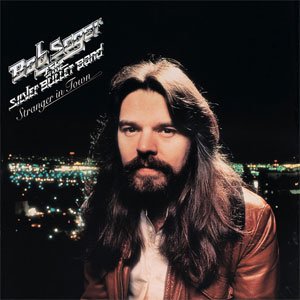
In May 1978 Seger’s tenth studio album Stranger In Town was released. Like it’s predecessor the Silver Bullet Band backed seger on about half of the songs and the Muscle Shoals Rhythm Section backed Seger on the other half. The album was an instant success becoming platinum (selling one million copies) less than a month after the album’s release and like it’s predecessor Night Moves it would go 6x Platinum. The album garnered four singles.“Still The Same” Reaching No. 4 on the charts April of 78 ,“Hollywood Nights” no. 12 August of 78 and “We’ve Got Tonight” no. 13 October of 78. “Old Time Rock & Roll” went to no. 28 in April of 1979 which was written by George Jackson and Thomas E. Jones III. Seger substantially rewrote the lyrics but did not take one-third writing credit. His manager Punch Andrews said “ask for one-third of the credit”. Seger replied”nah nobody’s gonna like it”. Seger has said financially “The dumbest thing I ever Did”. The song has been ranked the second most played jukebox single of all time behind Patsy Cline’s “Crazy”
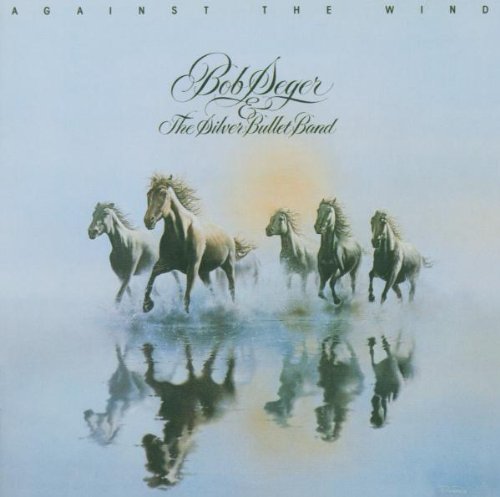
Seger’s next album Against The Wind came after three hit albums and never ending tours. Against The Wind became his first and only album reaching no. 1 on the Billboard Album chart. The first single “Fire Lake” was released in February 1980 and reaching no. 6 on the charts. Backing vocals provided by Glen Frey, Don Henley and Timothy B. Schmit of The Eagles. Three months later his second hit, the title cut reached no. 5 on the charts followed by “You’ll Accompany Me” and “The Horizontal Bop”. Against The Wind would also win a Grammy Award for Best Rock Performance by a duo or group with vocal.

